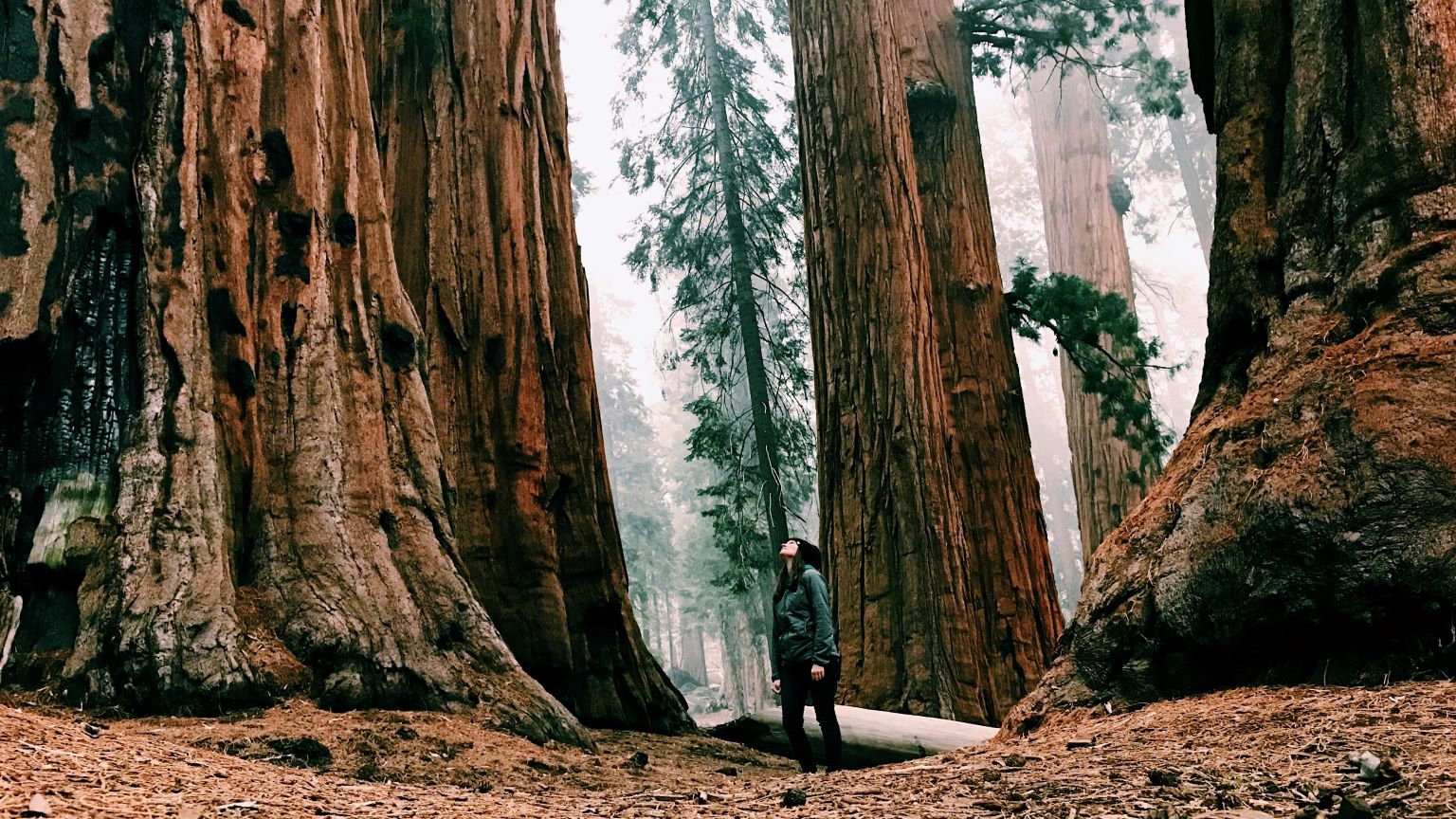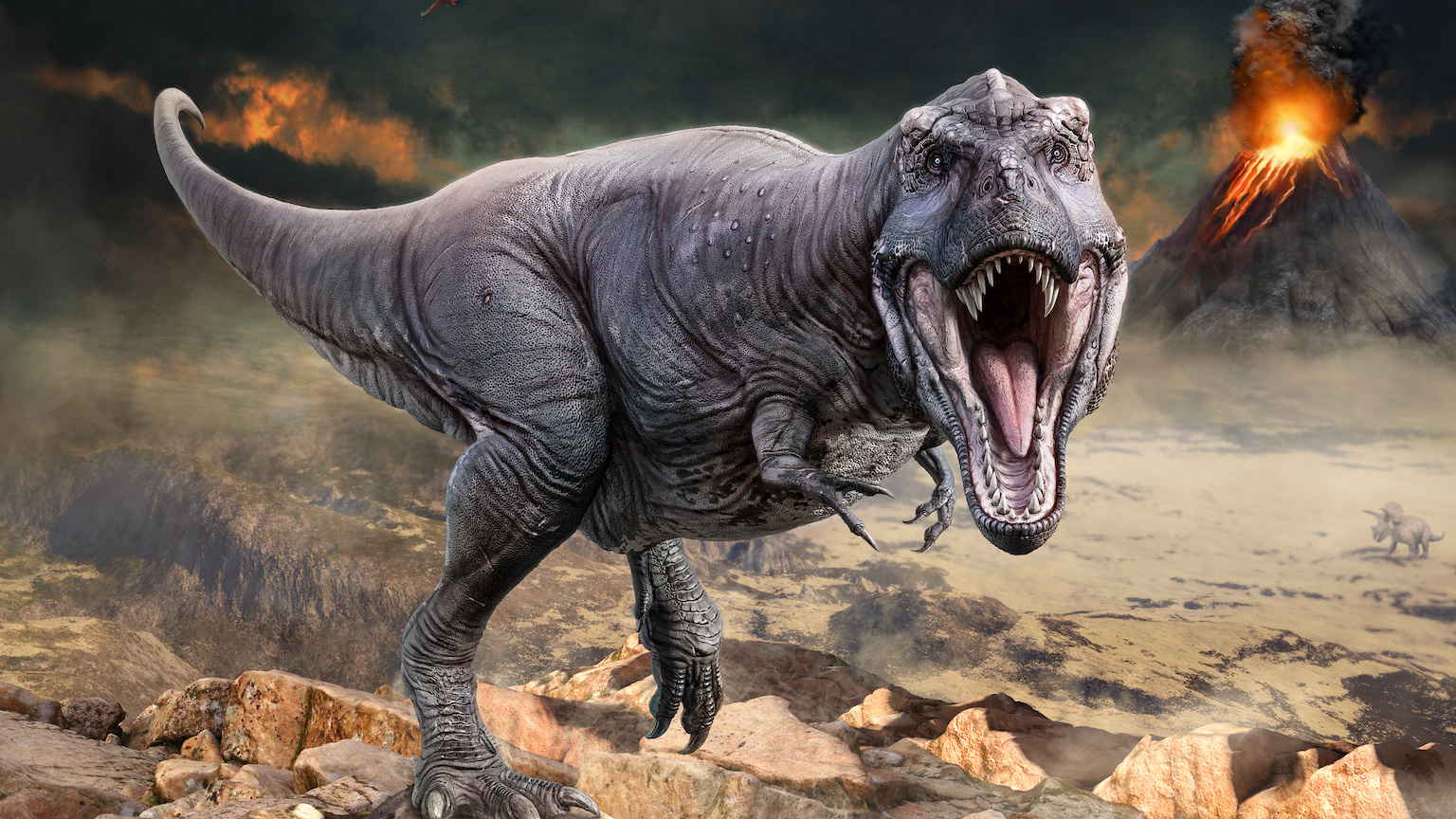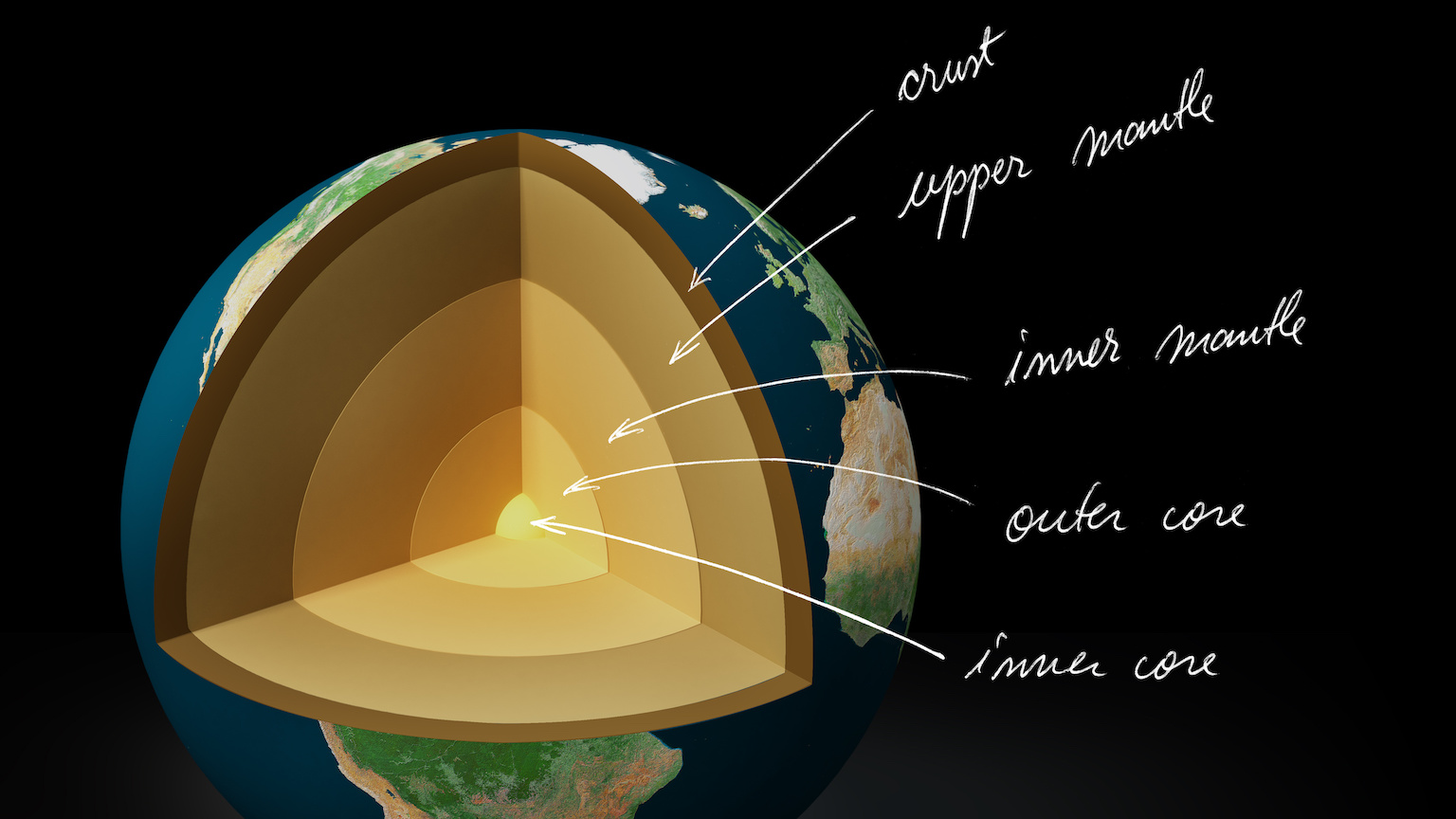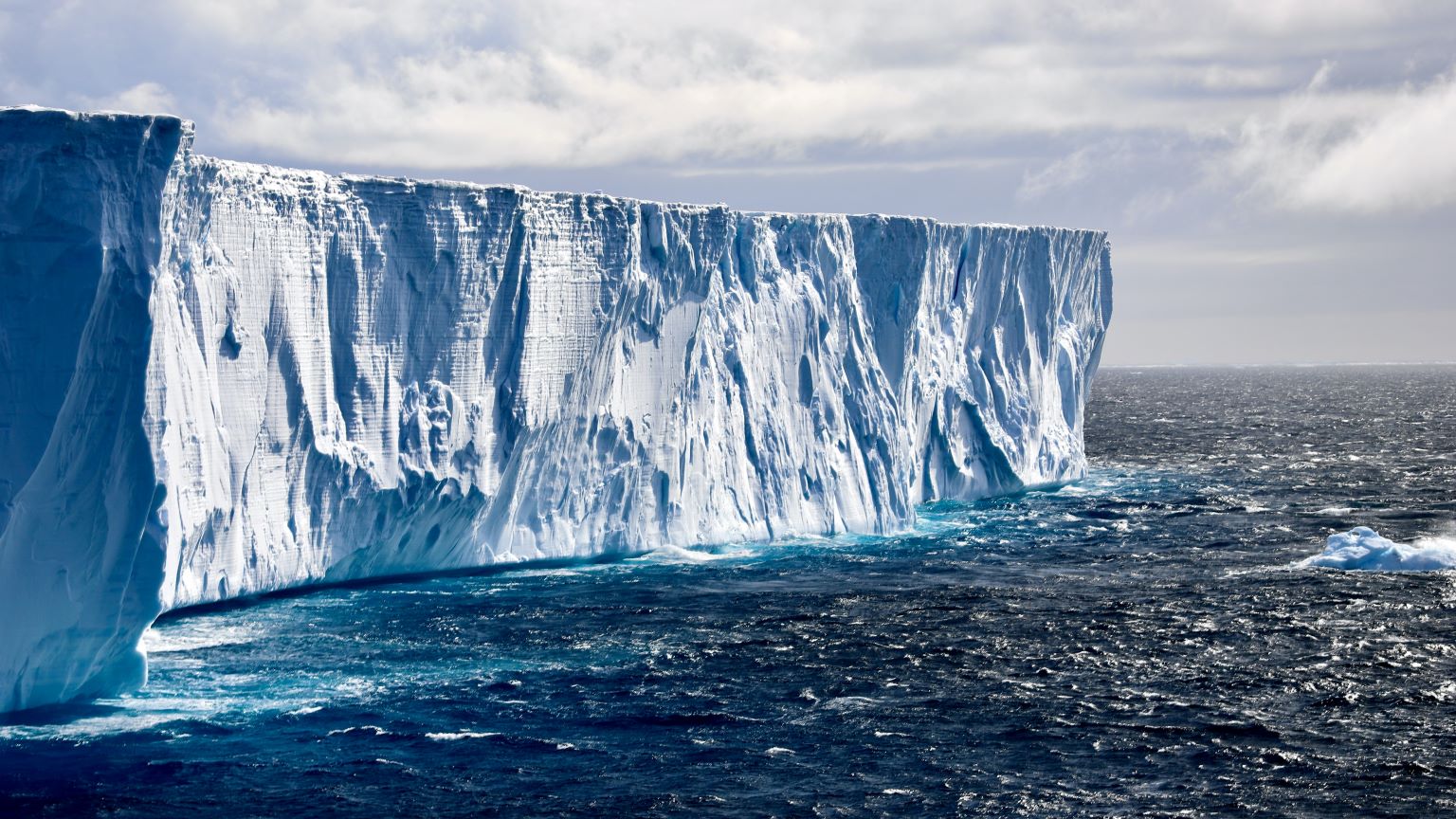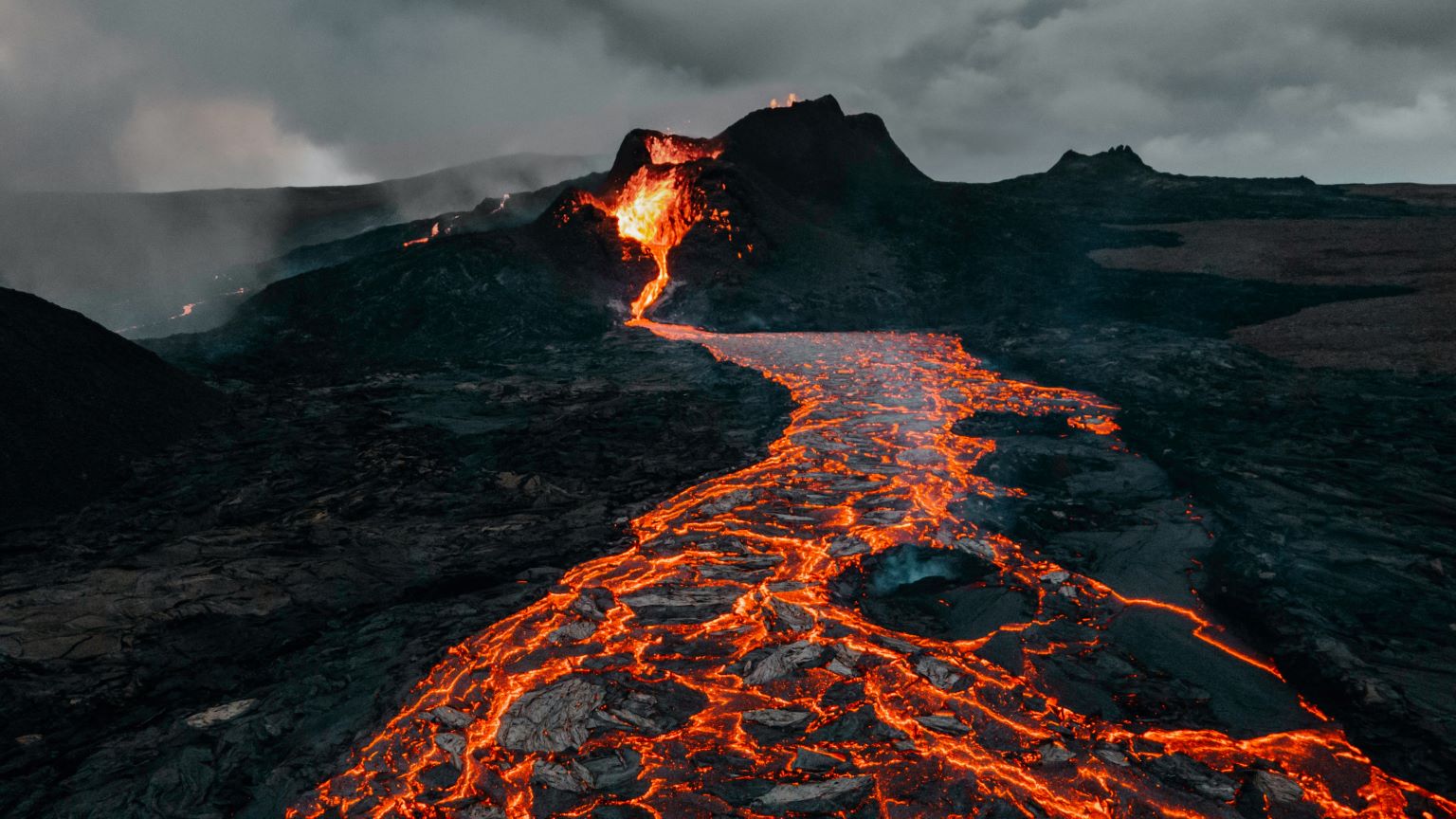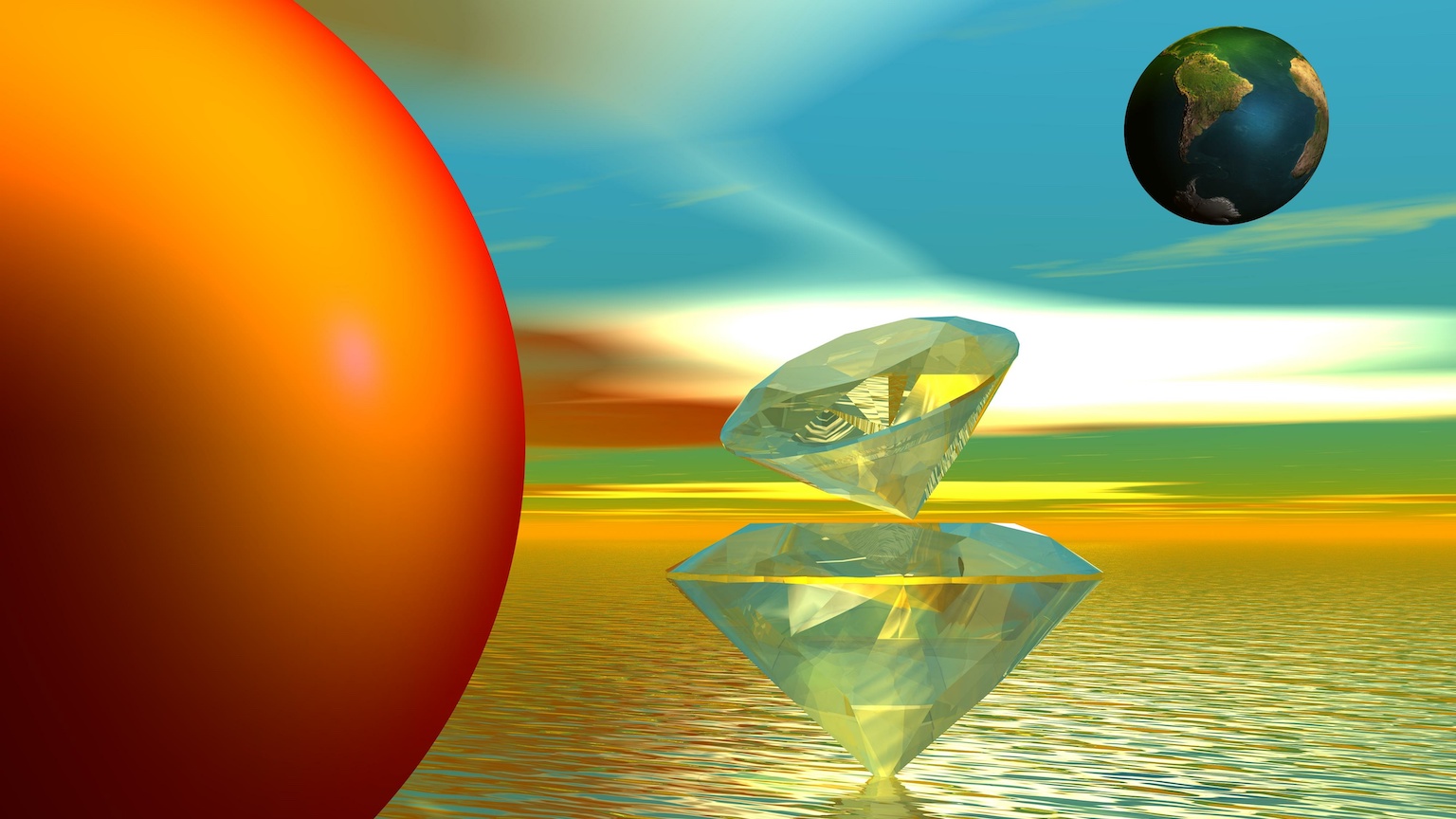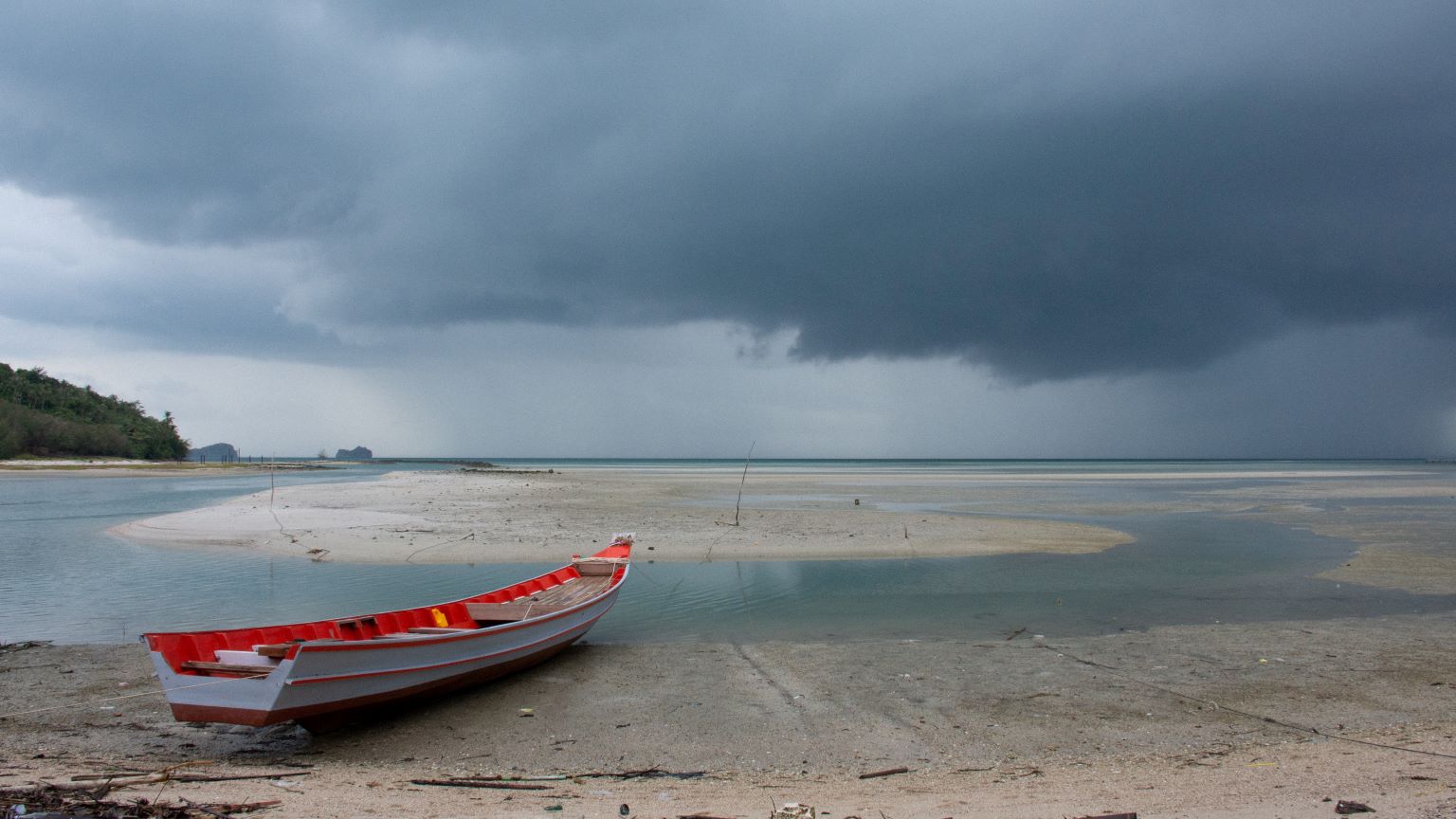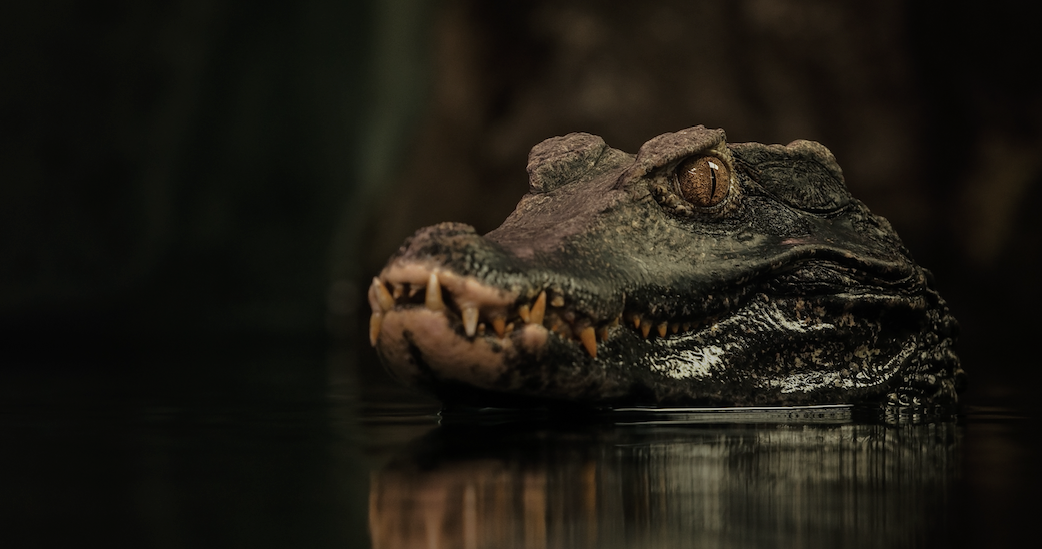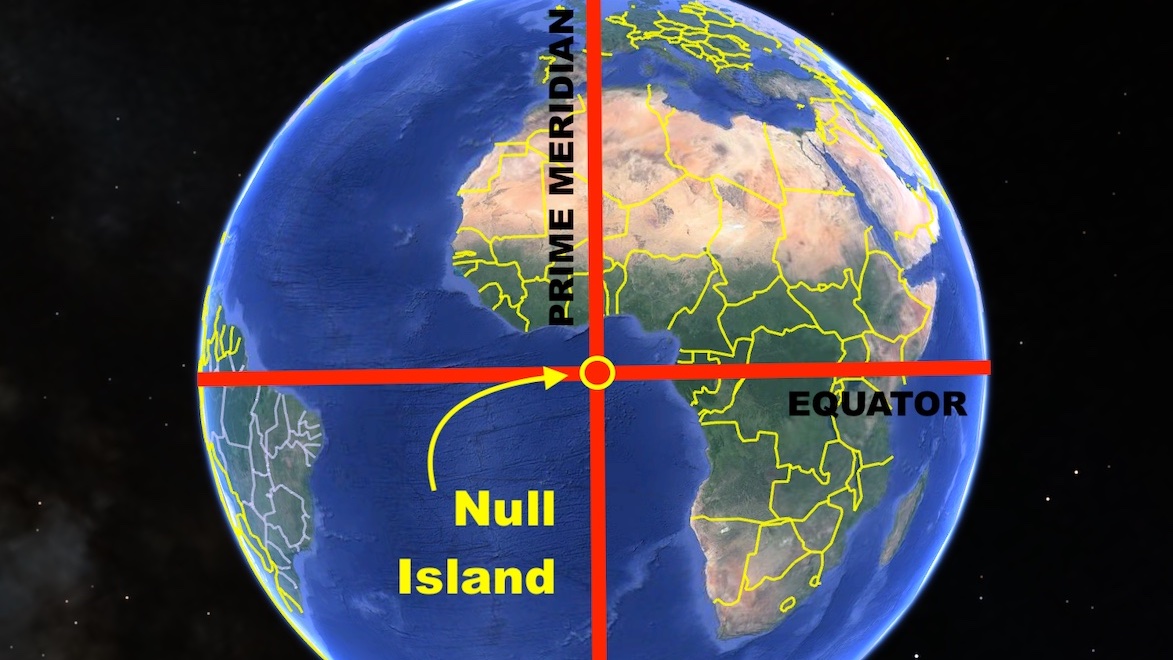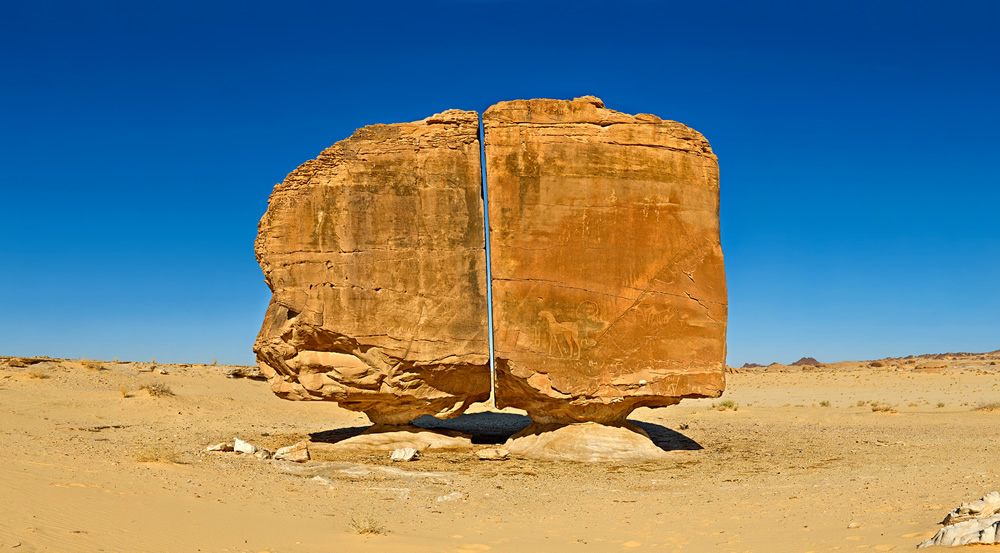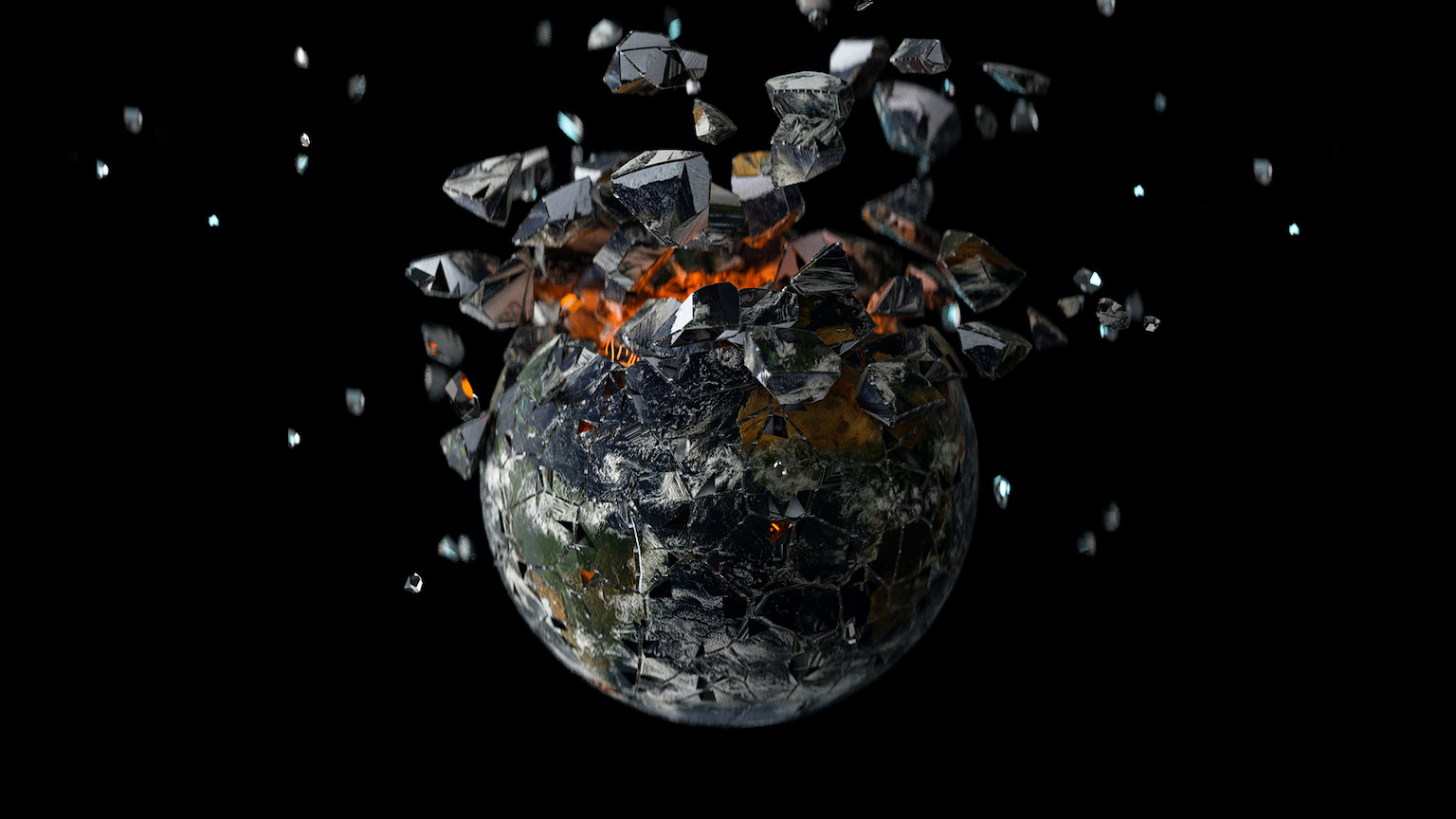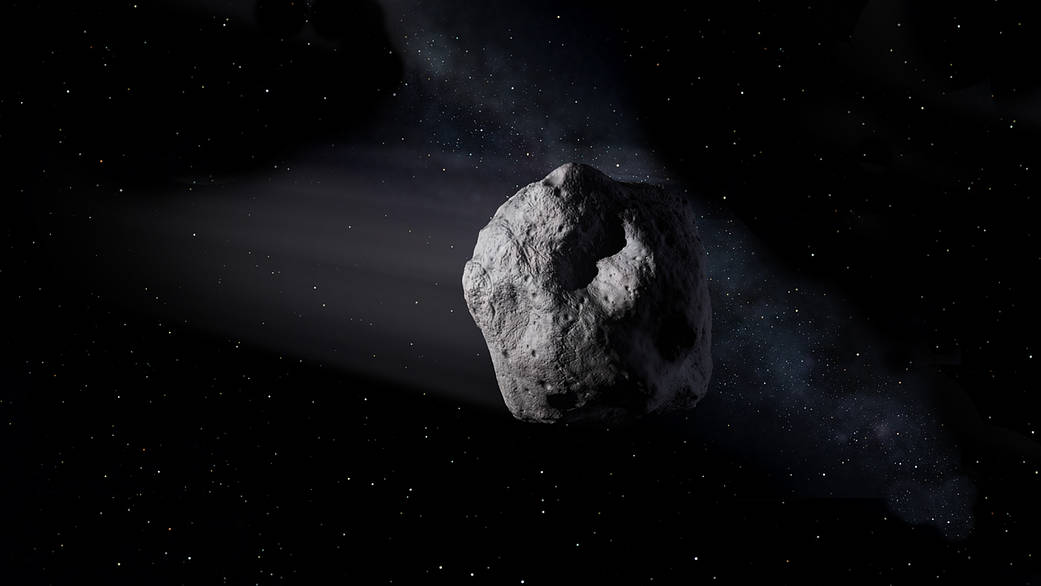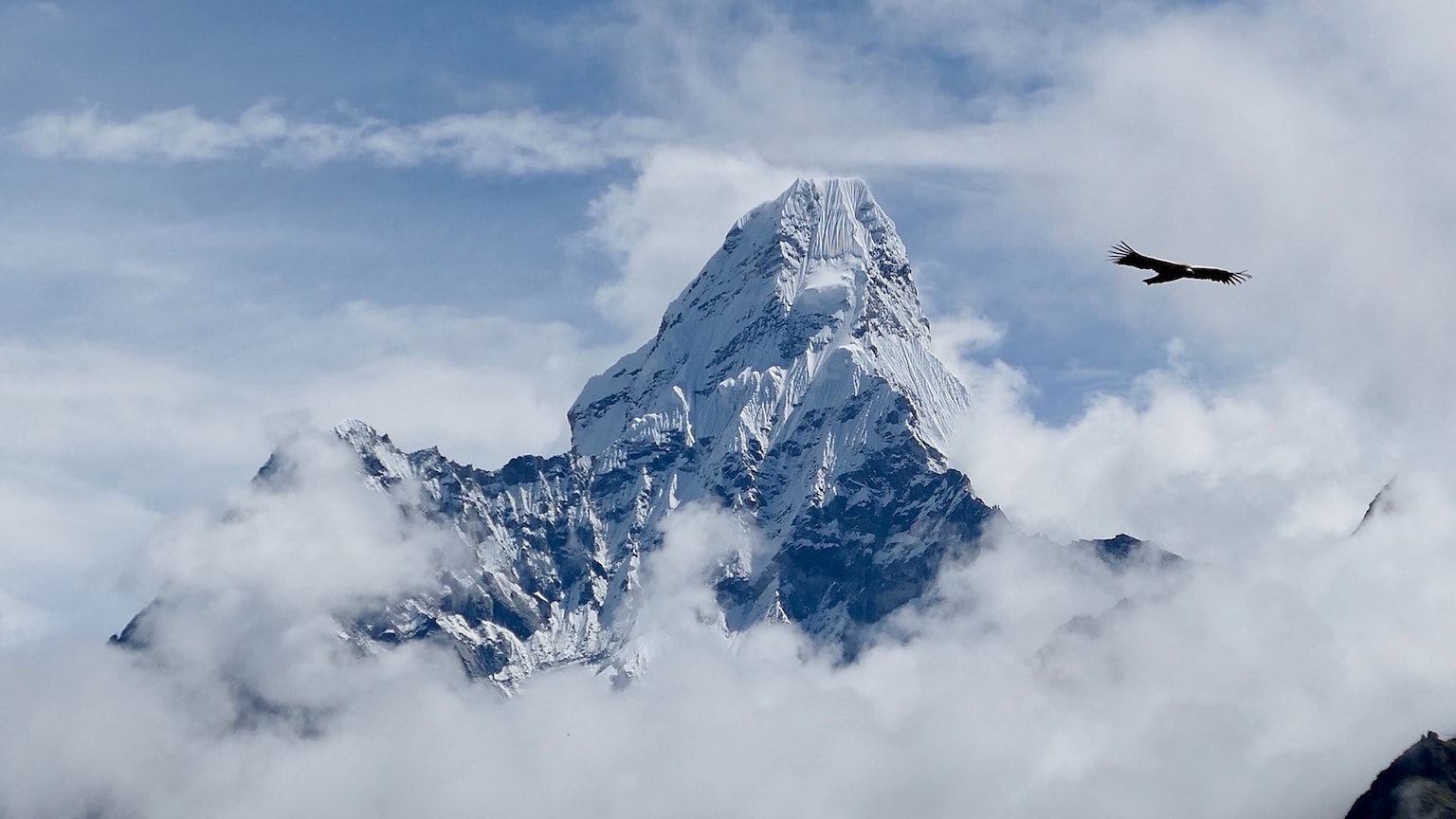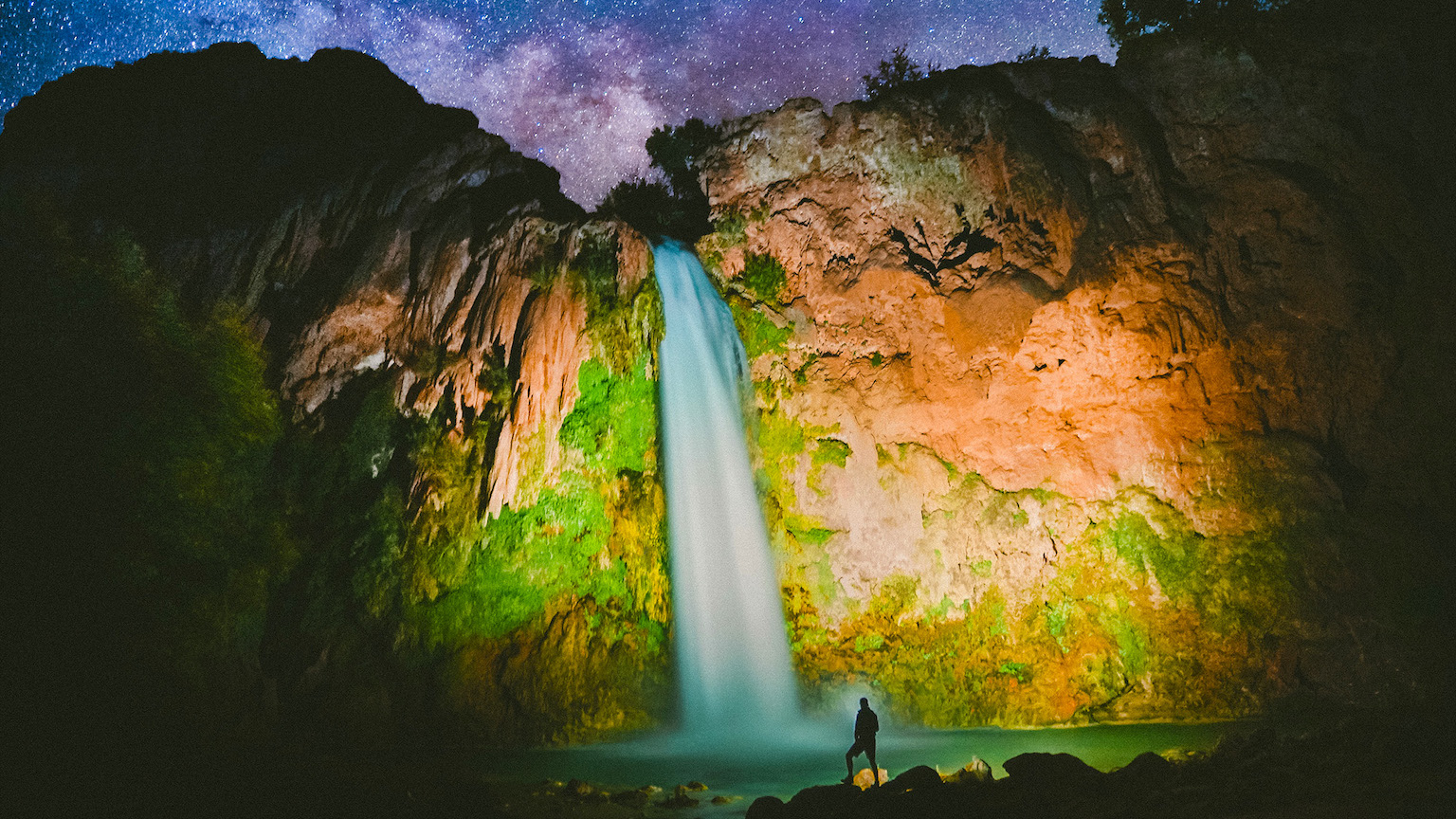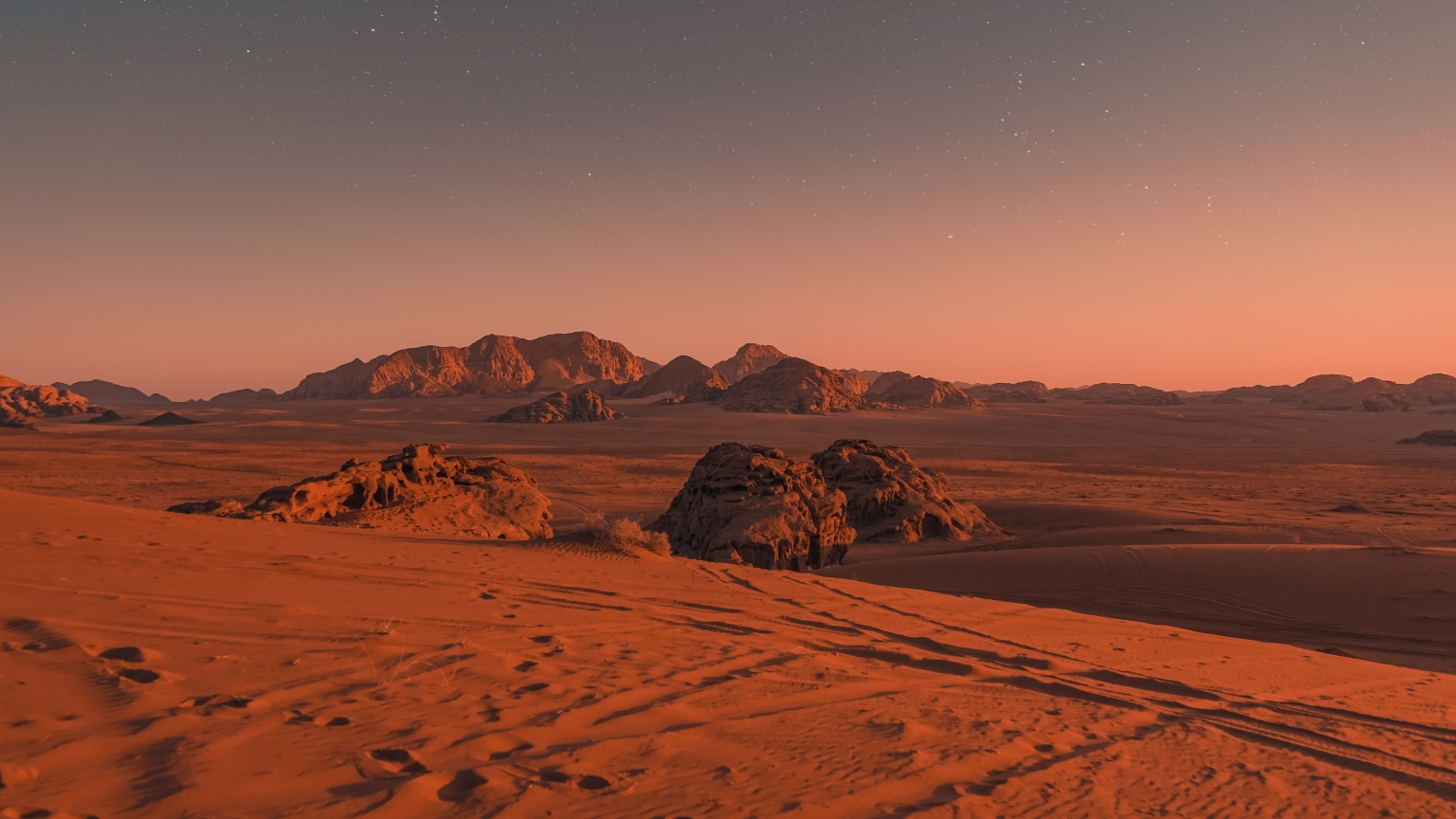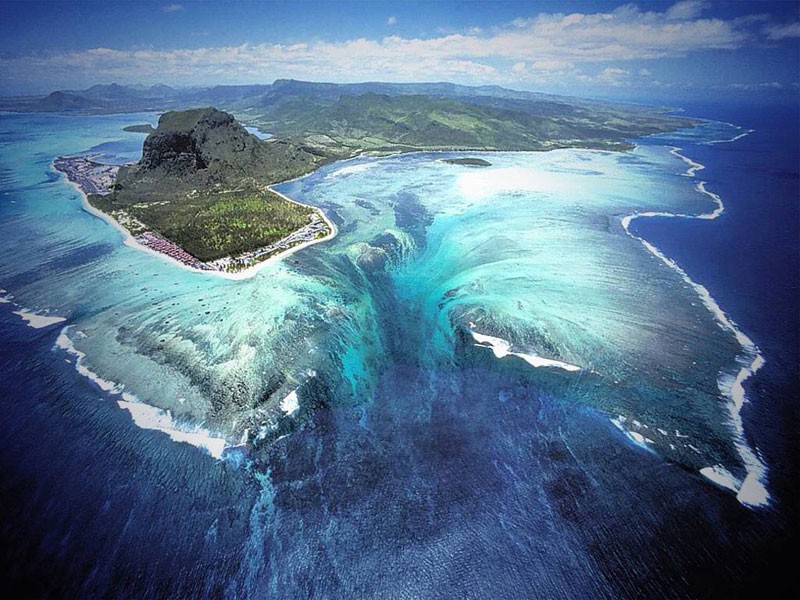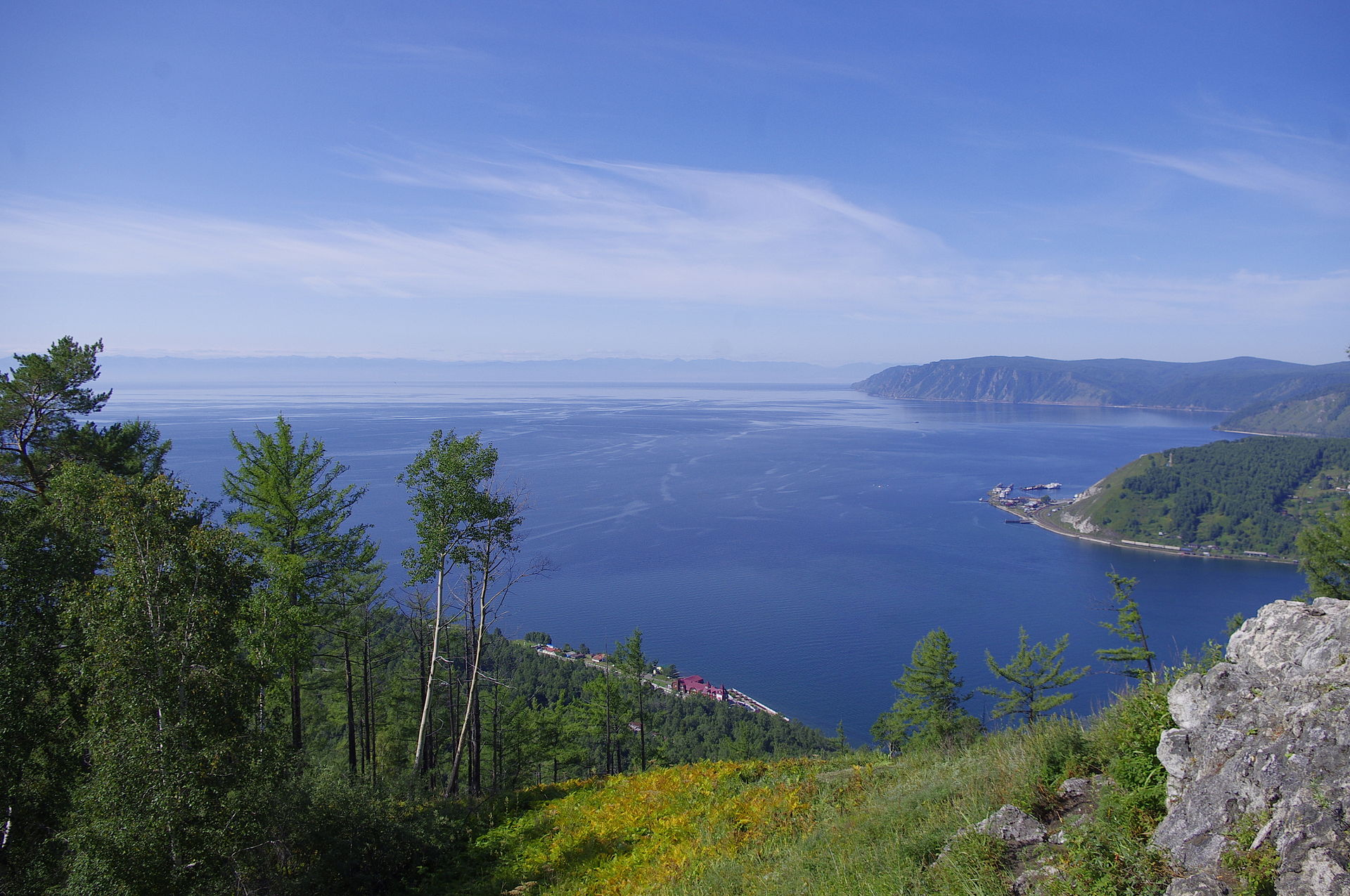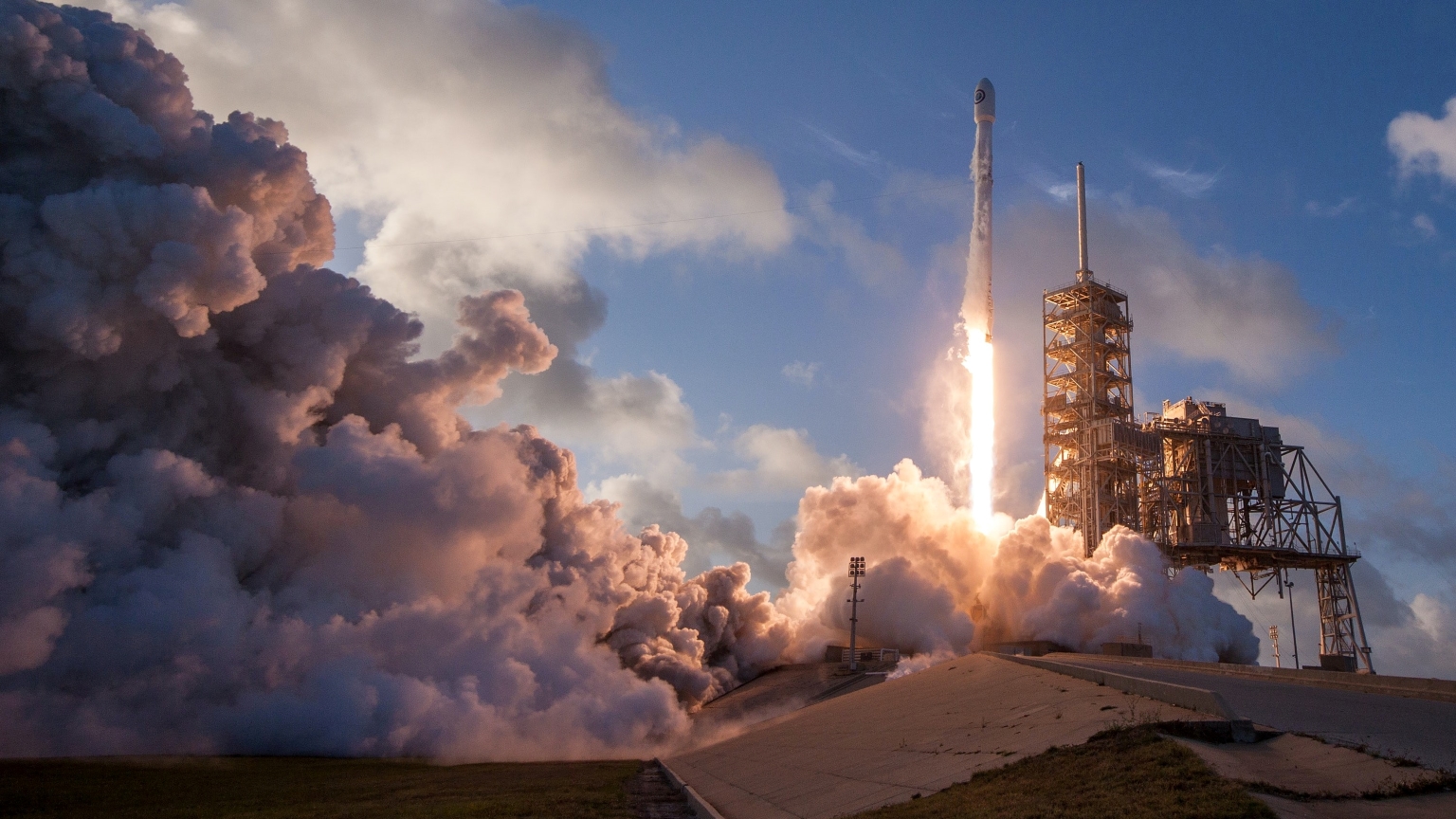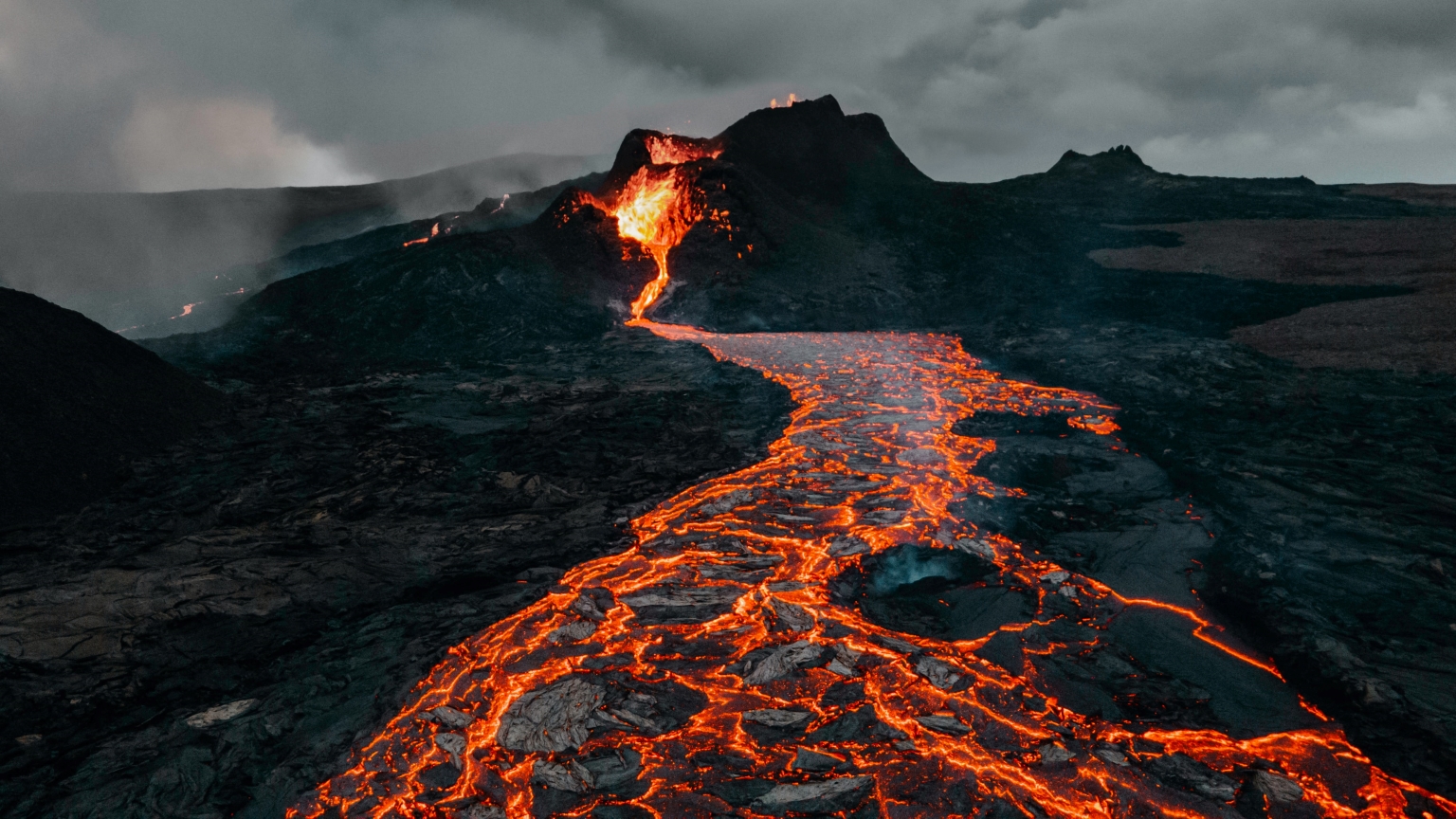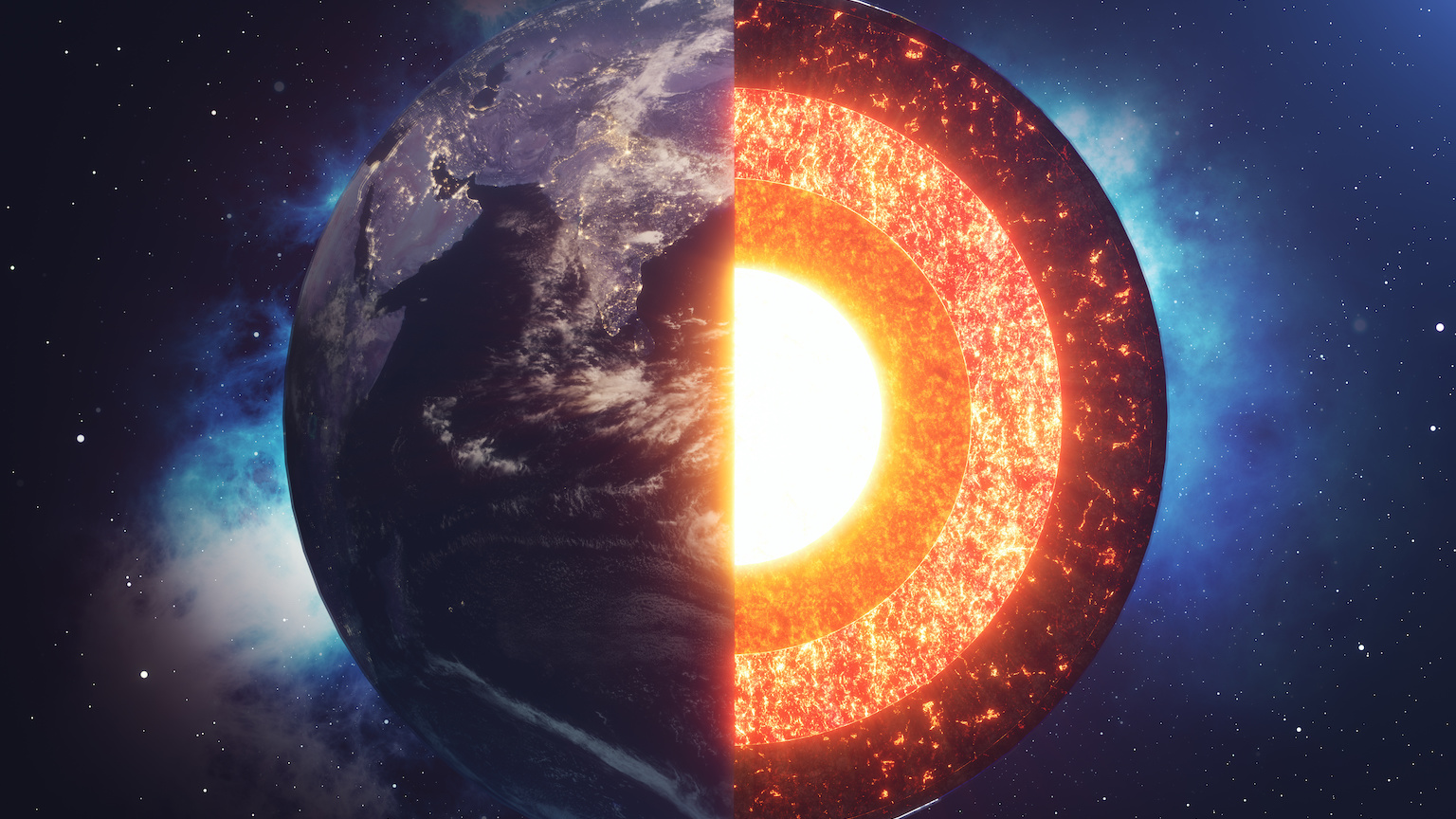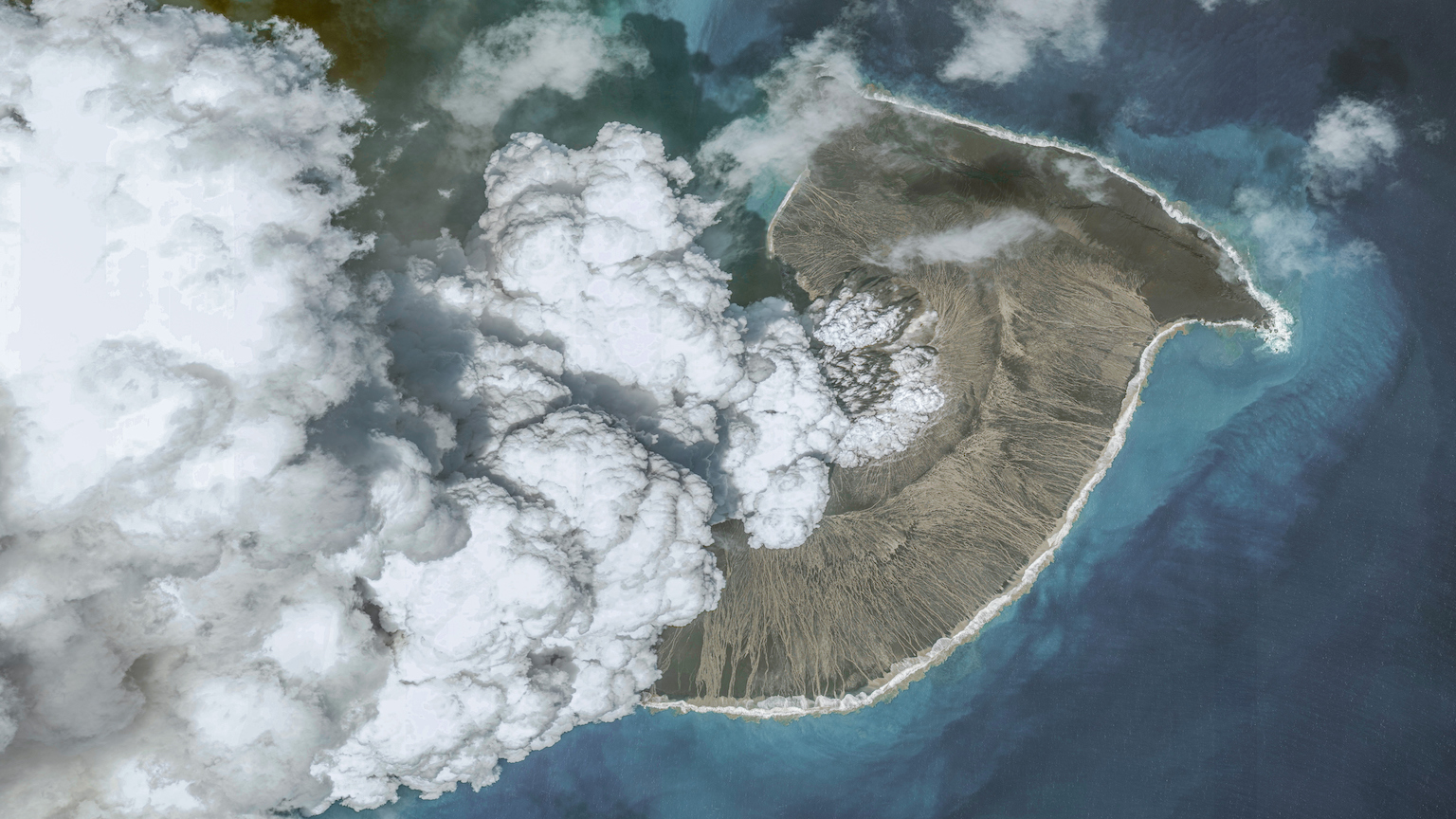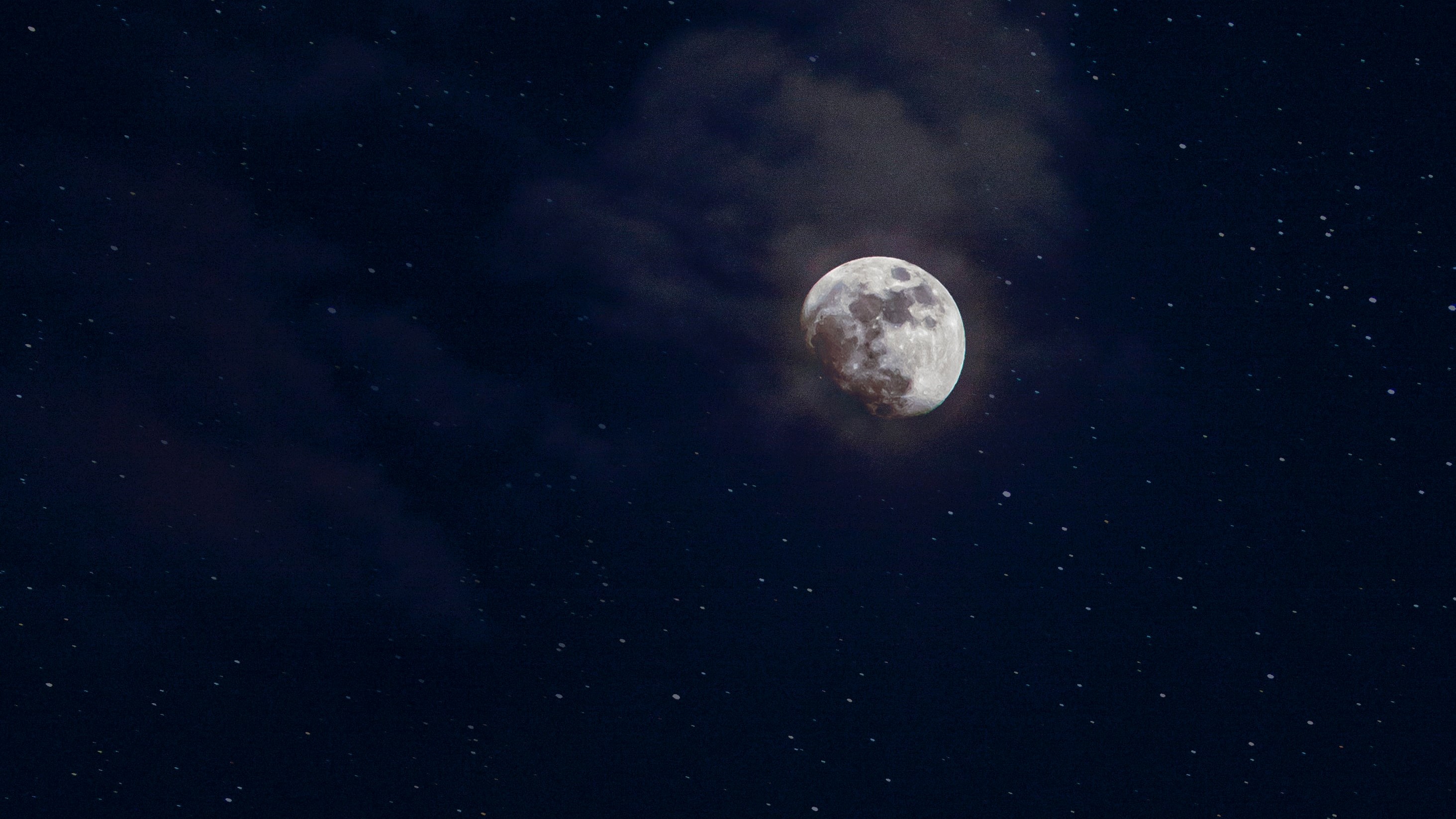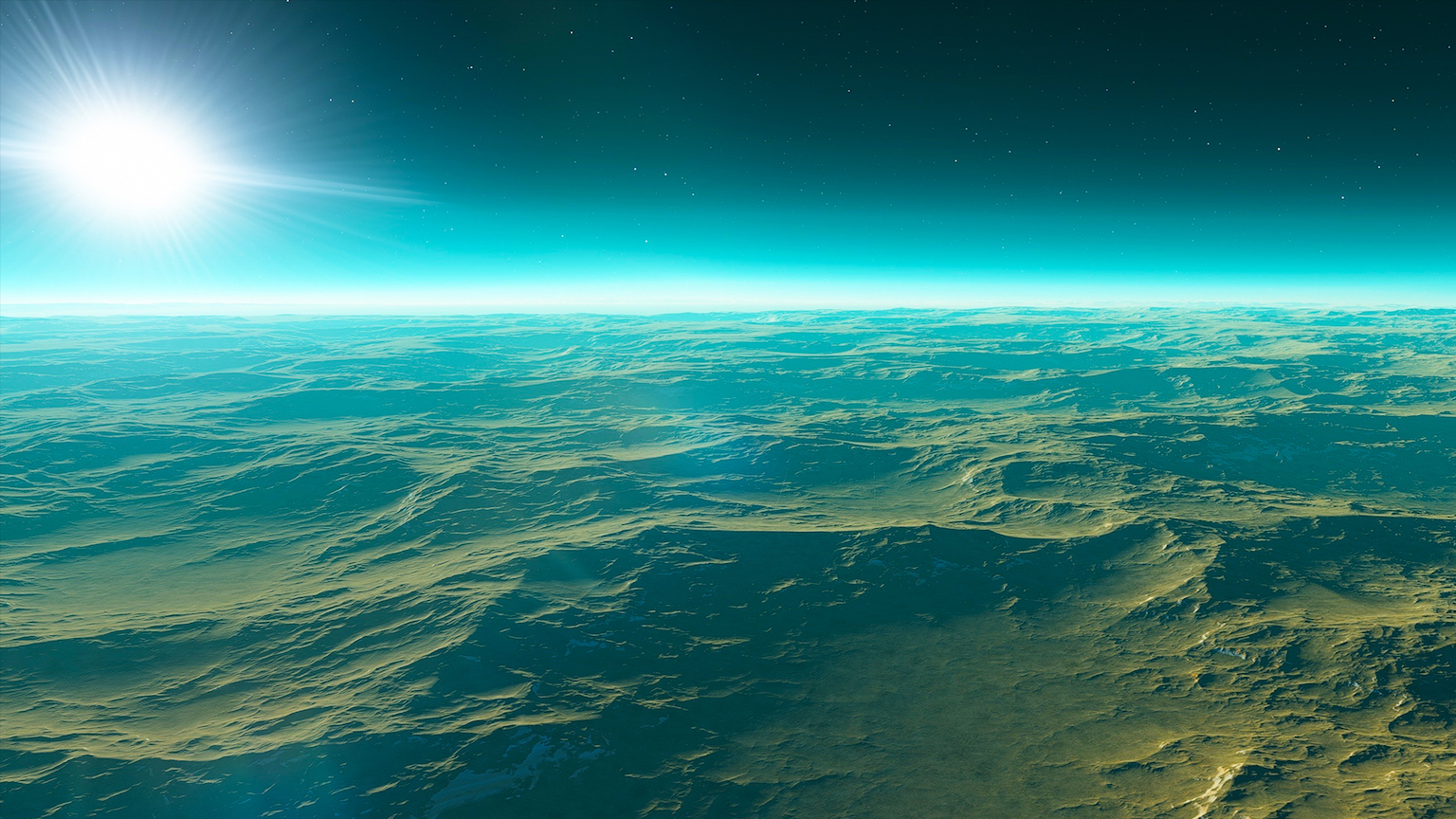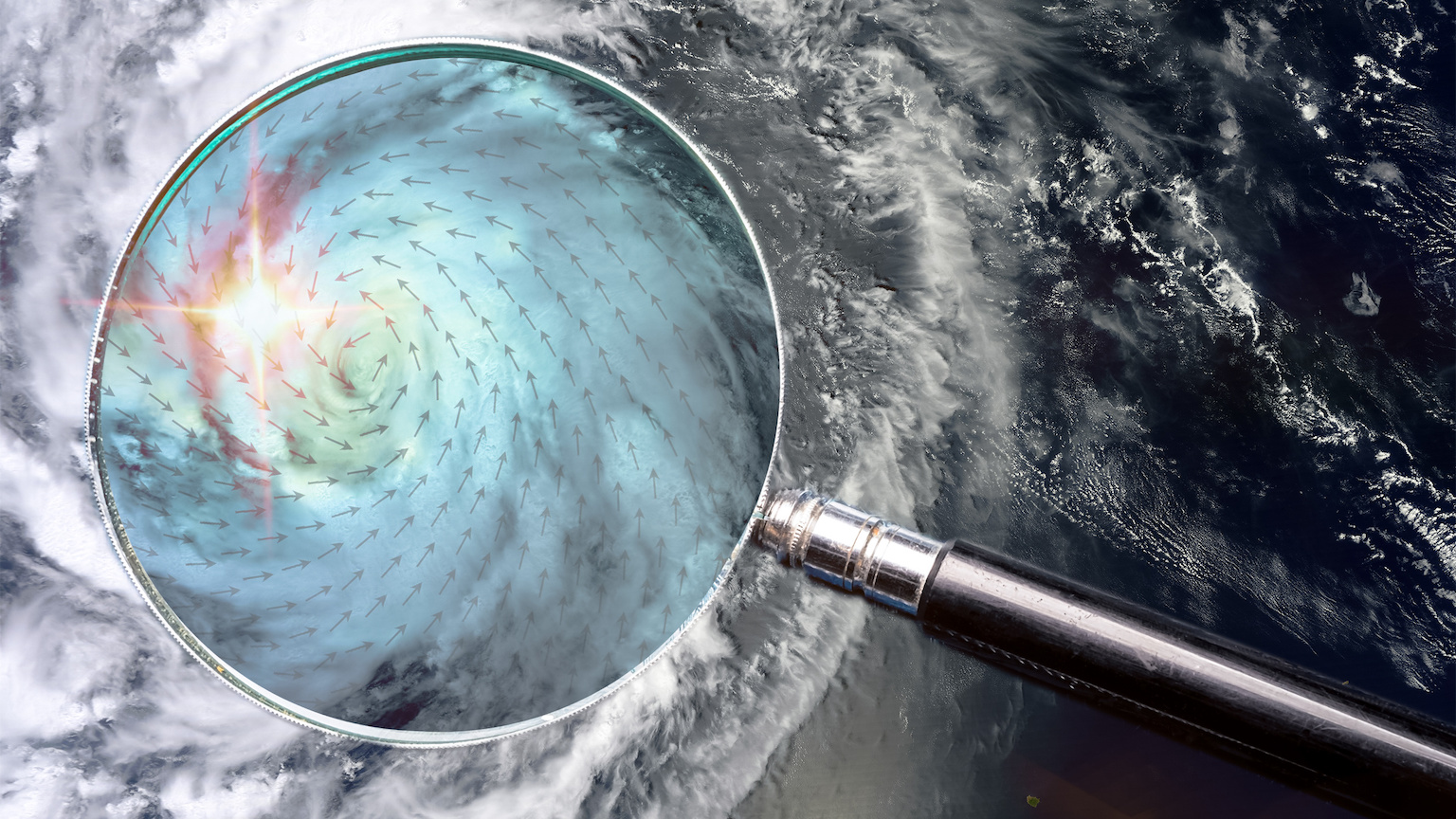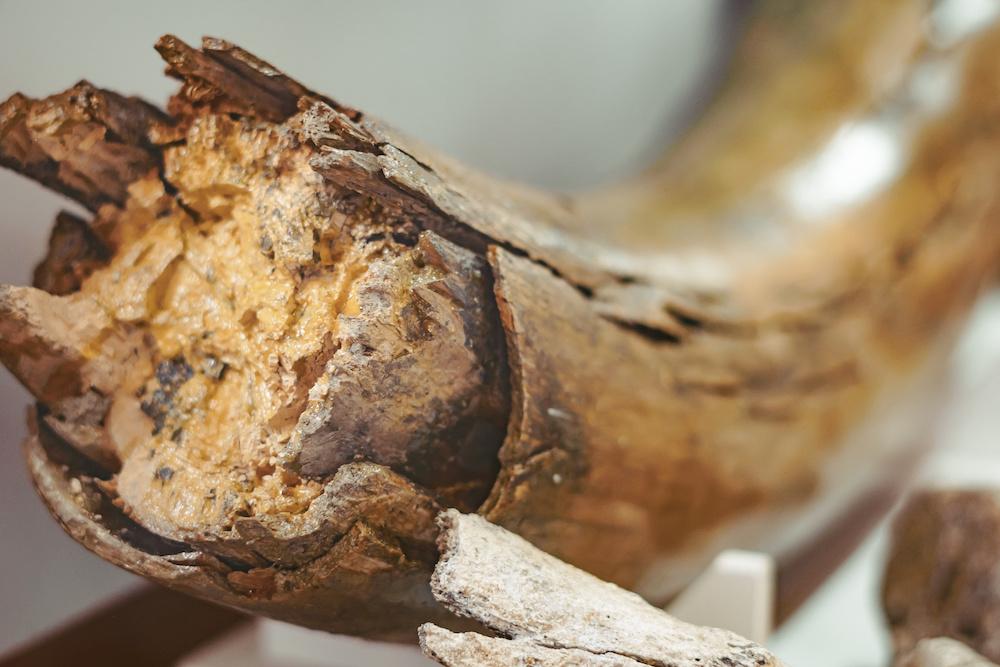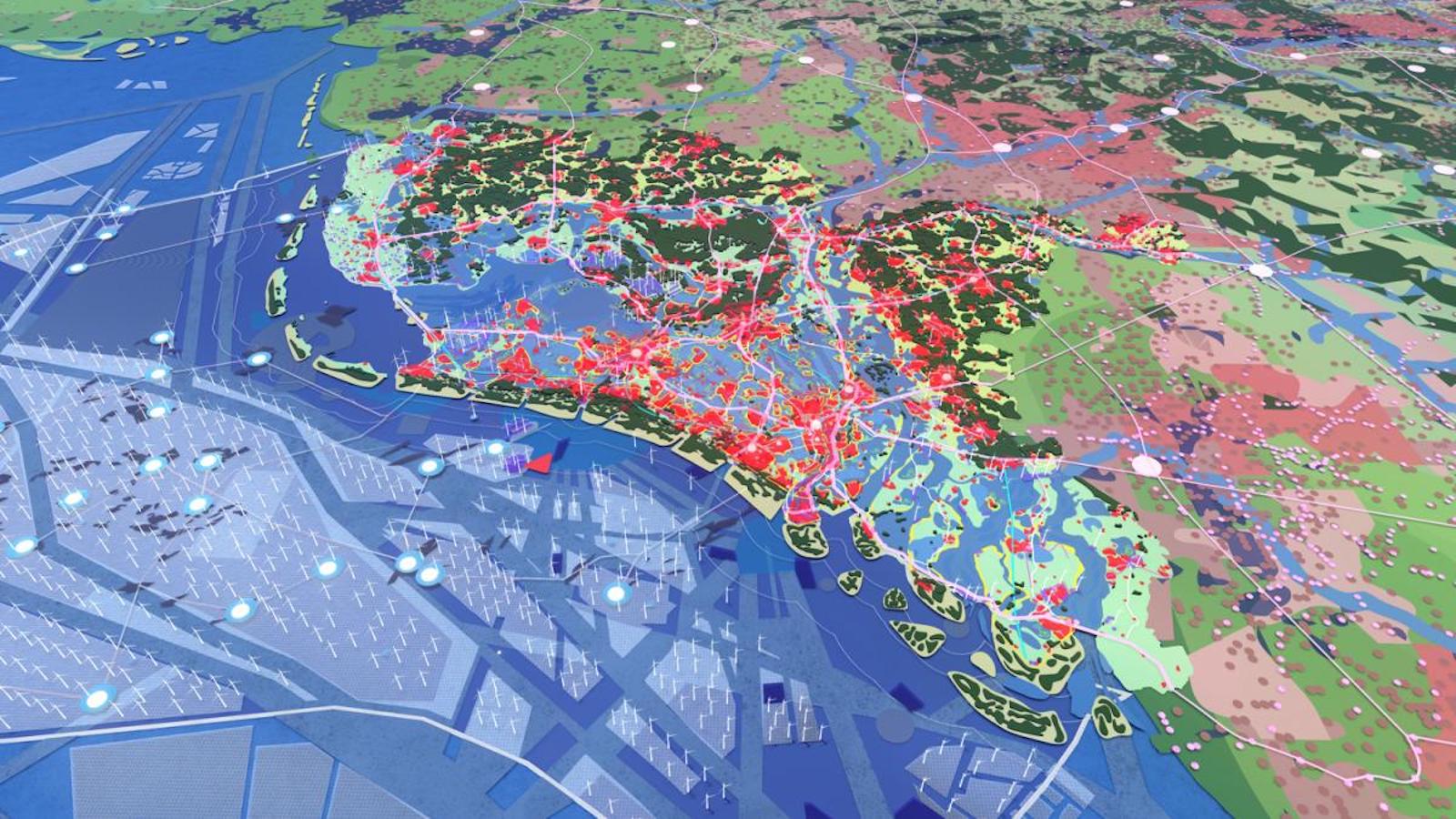earth science
Extremely precise atomic clocks are not just of theoretical interest; they could help detect impending volcanic eruptions or melting glaciers.
Two types of leaves for two different drastic weather conditions.
Volcanic activity caused the end-Triassic mass extinction 200 million years ago. The dinosaurs survived and rose to dominance.
Ancient helium-3 from the dawn of time leaks from the Earth, offering clues to our planet’s formation. A key question is where it leaks from.
A floating platform the size of Rome collapsed off of Antarctica.
Scientists have known blobs existed for a long time, but how they have behaved over Earth’s history has been an open question.
Due to a crust of carbon, the absence of oxygen, and constant bombardment from meteorites, the planet Mercury may be littered with diamonds.
On Nov. 13, 1946, a scientist dropped crushed dry ice from a plane into supercooled stratus clouds.
“I watched closely for the sun or stars to appear, to correct my chronometer, on the accuracy of which our lives and the success of the journey would depend.”
From crocodiles to birds, certain animals managed to survive some of the worst extinction events in world history.
Where the prime meridian meets the equator, a non-existent island captures our imagination — and our non-geocoded data.
In the Saudi Arabian desert, the Al Naslaa rock formation looks completely unnatural. Its perfectly vertical split remains a mystery.
Earth is not a benign mother. We have begun to witness what happens when it unleashes its fury.
60% of all potentially dangerous asteroids remain undetected.
Gigantic ranges called “supermountains” formed twice in Earth’s history, and they may have had a profound influence on evolutionary history.
From a desert oasis to the Rocky Mountains, being filled with awe makes me a better scientist.
A new method of extracting rare-earth elements could put us on the track toward a circular economy.
Our research on a Martian meteorite provides new clues about early surface conditions on the red planet.
The natural wonders of Mauritius include the spectacular sight of an underwater waterfall. Here’s the science of how it works.
Lake Baikal holds nearly one-fourth of Earth’s fresh surface water and is the most scientifically interesting lake on our planet.
Nearly 200 orbital launches are scheduled for 2022.
The pulse took just 35 hours to cover the whole world.
We know more about the universe than what is beneath our feet. But Earth’s mantle holds subtle clues about our planet’s past.
Impressive but deadly physics underlie catastrophic eruptions.
On December 19 1972, astronauts Eugene Cernan, Harrison Schmitt and Ronald Evans splashed down safely in the Pacific Ocean, ending the Apollo 17 lunar mission. They were the last people to travel […]
Venus has far more carbon dioxide in its atmosphere than Earth, which turned our sister planet into an inferno. But how did it get there?
Even if you or I will never actually visit these distant worlds, we now know they exist. They should fill us with wonder.
Driving Teslas and planting trees are nice, but methane reduction, industrial efficiency, carbon removal, and a moderate carbon tax are the most efficient ways to fight climate change.
What was this mammoth tusk doing on the ocean floor 150 miles from land?
With sea levels rising, the Dutch are pondering floating cities — while also exporting their engineering know-how to turn a tidy profit.

